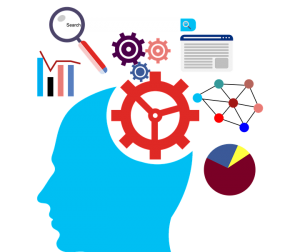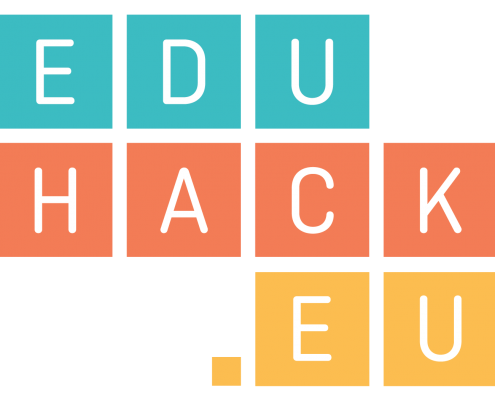Create digital educational resources
Read
 These days many universities have eLearning offices and specialists – often called learning technologists or instructional designers – whose role is to support academics in the use of digital technologies, the creation of online content and, more generally, design of technology-enhanced learning experiences. The creation of online resources usually takes place in the context of Virtual Learning Environments (also known as Learning Management Systems).
These days many universities have eLearning offices and specialists – often called learning technologists or instructional designers – whose role is to support academics in the use of digital technologies, the creation of online content and, more generally, design of technology-enhanced learning experiences. The creation of online resources usually takes place in the context of Virtual Learning Environments (also known as Learning Management Systems).
In order to create digital resources you do not need to be a programmer or use complicated platforms. On the contrary, no matter which subject matters you teach, and whether you have access to support or not, there are many tools and applications allowing you to create engaging resources that may facilitate learning for your students.
Watch
In this video you can see an overview of H5P, an online tool that allows you to create interactive resources and which you will have the opportunity to try out during the hands on section within this activity. (duration: 10:26)
Do
(estimated time to complete the task: 1 hour)
In this section you can choose between two activities (or you can do both if you wish).
Option 1: After having watched the video of this section, you should now be familiar with H5P: an open source framework specifically created to help educators create interactive HTML5 resources. Here are some examples of the kinds of resources you can build with H5P:
- Create videos enriched with interactions
- Give instant feedback to essays
- Create a questionnaire to receive feedback
- Drag and drop image matching game
- Create an image with a question and answer
- Create a task with missing words in a text
Depending on your discipline and/or subject matters that you teach, some of these types of resources might be more relevant than others. For this activity you will need to:
- Choose one of the types of resources that can be created with H5P.org and could be of use to your students.
- Read the step-by-step tutorials of how to create that type of interactive content.
- Create an account in H5P.
- Use this tool to create an interactive resource that is relevant to your teaching.
- Embed the resource into your blog and briefly explain how you could use this with your students.
Option 2: In case the creation of a timeline with events linked to specific geographic coordinates could be of use in your practice, you can choose to use for this activity a tool called TimeMapper, which has been developed by Open Knowledge Foundation Labs. Please note that in order to be able to use this tool you will need to create a Google Spreadsheet.
- Watch this brief video tutorial explaining how to use TimeMapper.
- Pick a topic relevant to your teaching and identify at least 5 key milestones (e.g. breakthroughs in the history of photography).
- Select links relating to each of the milestones (e.g. Wikipedia articles).
- Create a Google Spreadsheet with time events, associated coordinates, links, etc., as indicated in the video.
- Follow the steps to publish the timeline.
- Embed the timeline into your blog and briefly explain how you could use this with your students.
Additional Resources
- Take the MOOC “Creating open educational resources” by the UK Open University, to gain the skills and confidence to engage in further OER work as both creator and user.
- Read the OER Starter Kit, that provides educators with an introduction to the use and creation of Open Educational Resources.

